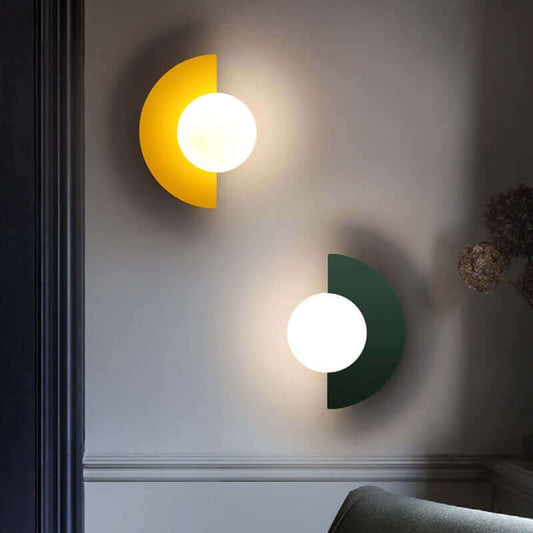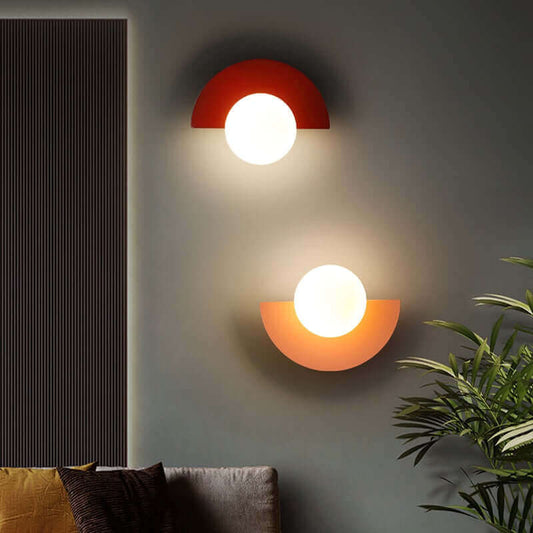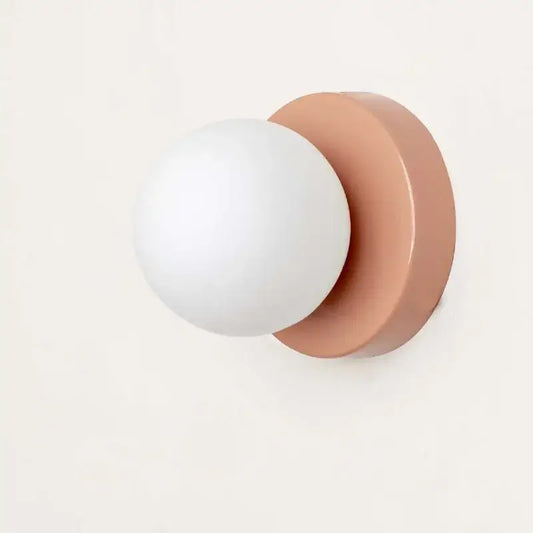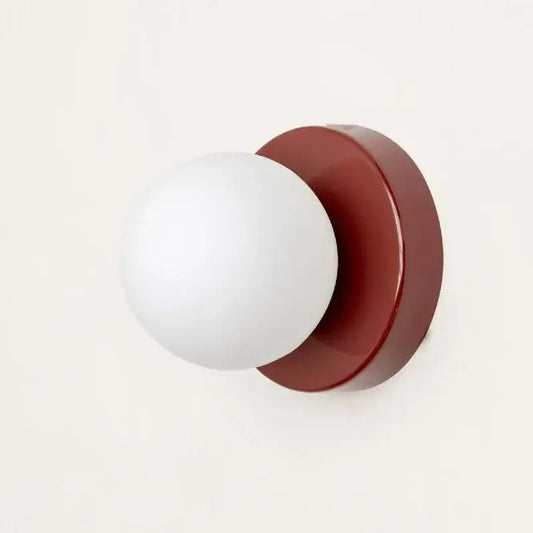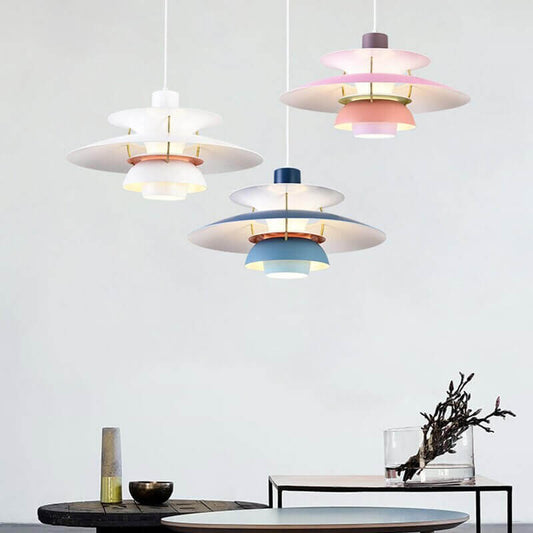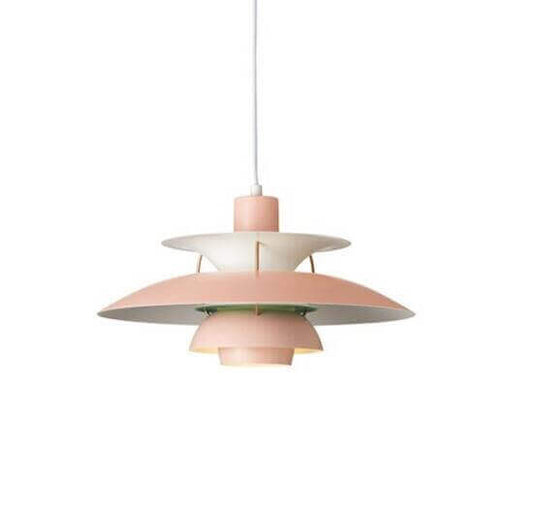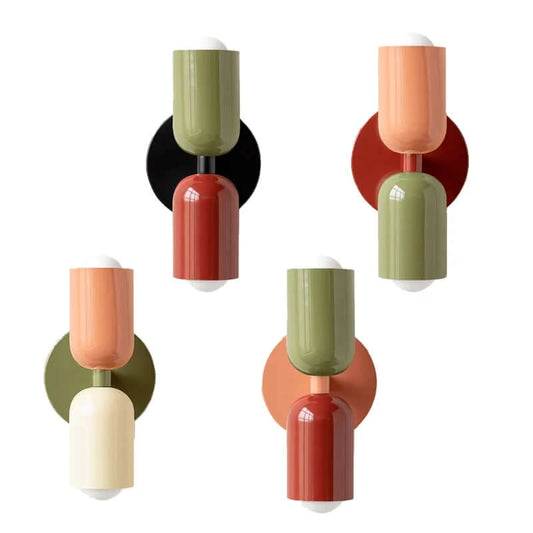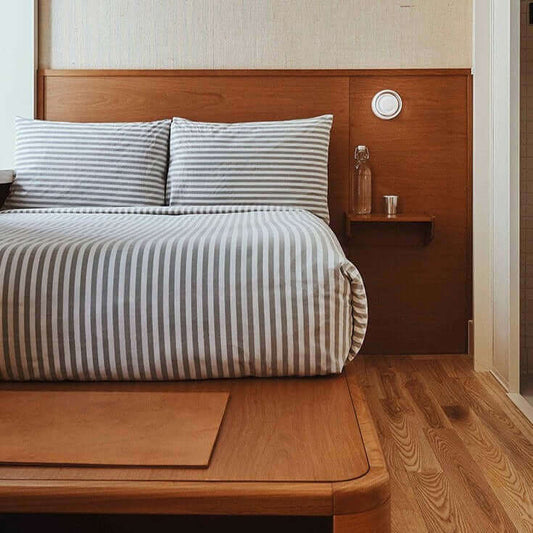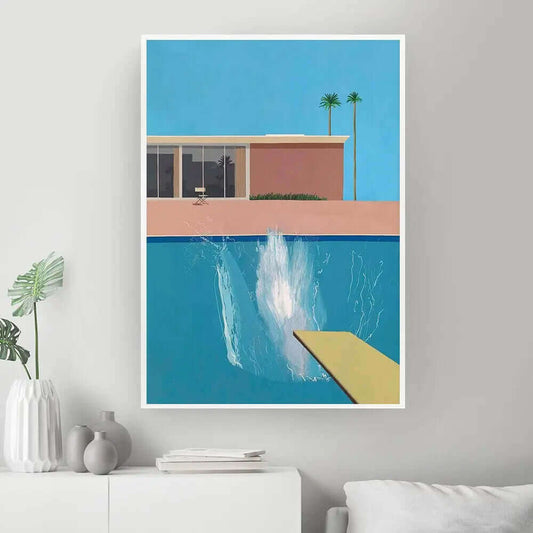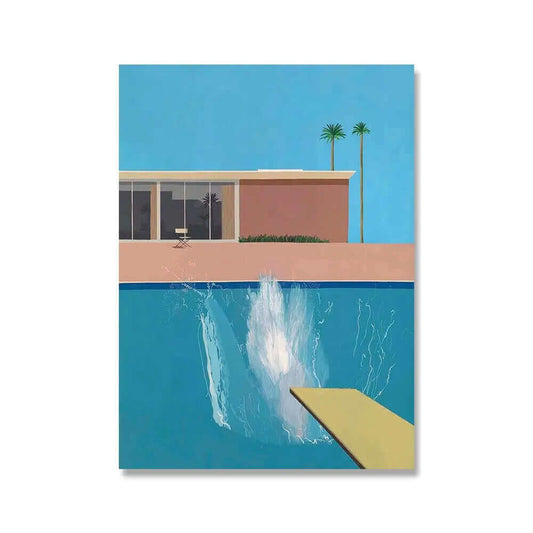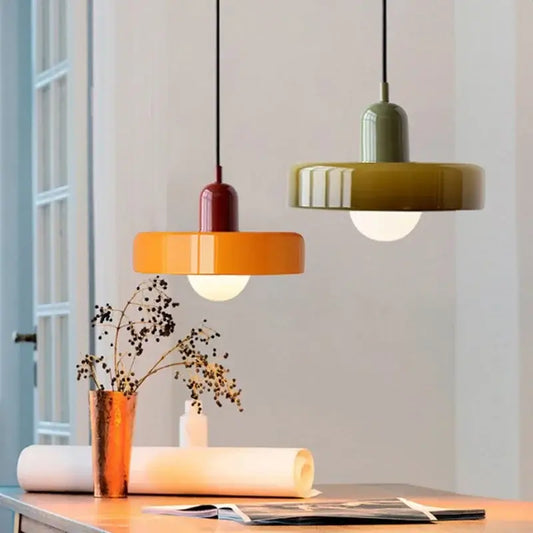Before starting a room design, it can be overwhelming to think about all the different elements that need to come together to create a cohesive and beautiful space. That's why it's important to start with a clear plan and a defined focal point. In this article, we'll discuss the BAB (Before, After, Bridge) method and how it can be applied to choosing a focal point for your room design.
Before: Identifying the Purpose of the Room
Before you can choose a focal point for your room, it's important to identify the purpose of the space. Are you designing a living room for entertaining guests, a bedroom for relaxation, or a home office for productivity? The purpose of the room will dictate the type of focal point you choose and how it should be positioned within the space.
For example, in a living room designed for entertaining, a fireplace may be an ideal focal point as it provides a warm and inviting atmosphere. In a bedroom designed for relaxation, a large window with a beautiful view may be the perfect focal point to create a calming and peaceful environment.
After: Choosing a Focal Point
Once you have identified the purpose of the room, it's time to choose a focal point. A focal point is a design element that draws the eye and creates a visual anchor for the space. This could be a fireplace, a piece of artwork, a statement piece of furniture, or even a window with a beautiful view.
When choosing a focal point, it's important to consider the scale and proportion of the space. A small room may benefit from a smaller, more understated focal point, while a larger room can accommodate a larger and more dramatic focal point.
Bridge: Incorporating the Focal Point into the Room Design
Now that you have chosen a focal point, it's time to incorporate it into the room design. The focal point should be positioned in a way that draws the eye and creates balance within the space. It should also complement the other design elements in the room, such as color, texture, and pattern.
For example, if you have chosen a piece of artwork as your focal point, you could pull colors from the artwork into the room's accessories and decor. If you have chosen a fireplace, you could position furniture around the fireplace to create a cozy and inviting seating area.
Incorporating the focal point into the room design doesn't mean that it has to be the only point of interest. Other design elements, such as lighting, accent walls, and decorative accessories, can be used to create a layered and visually interesting space.
You will find many other interior design tips in our Top 50 Best Kept Secrets Used By Interior Designers to Transform your Space.





